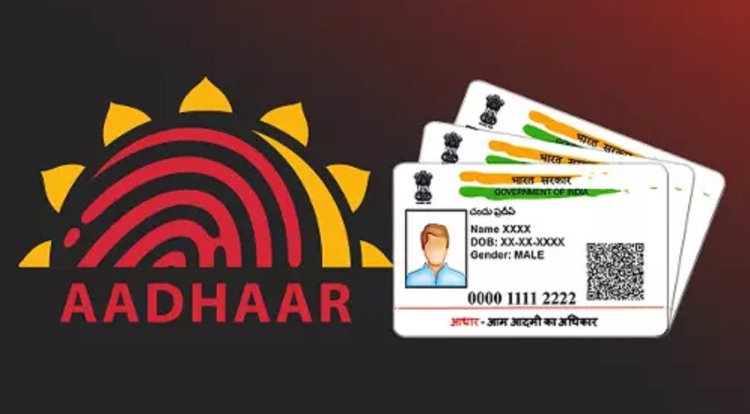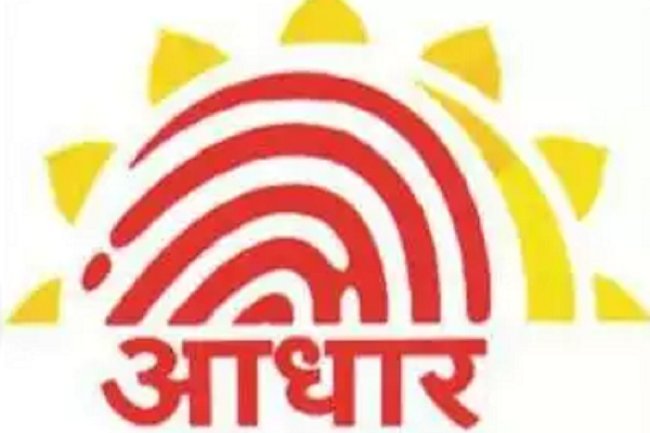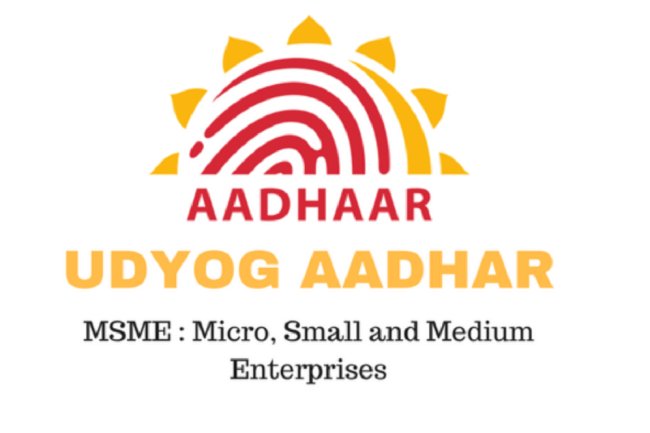Everything You Need to Know About Aadhaar and UIDAI
Introduction : Aadhaar is more than just a number; it’s a powerful tool that has revolutionized the way identity and services are managed in India. Managed by the Unique Identification Authority of India (UIDAI), Aadhaar has become an integral part of daily life, enabling access to a wide range of services and benefits. In this article, we will explore what Aadhaar is, the role of UIDAI, and how both are shaping the digital landscape of India.

What is Aadhaar?
Aadhaar is a 12-digit unique identification number issued to every resident of India by the UIDAI. It serves as a universal identity document that is widely accepted across various government and private sector services. Aadhaar is linked to your biometric and demographic data, making it a secure and reliable form of identification.
Key Features of Aadhaar:
- Uniqueness: Each Aadhaar number is unique to an individual, ensuring no duplication or fraud.
- Universality: Aadhaar is available to all residents of India, regardless of age, gender, or location.
- Portability: Aadhaar can be used anywhere in India, making it a truly national identity.
- Scalability: With over a billion enrollments, Aadhaar is one of the largest biometric identification systems in the world.
What is UIDAI?
The Unique Identification Authority of India (UIDAI) is the government body responsible for implementing and managing the Aadhaar program. Established in 2009, UIDAI operates under the Ministry of Electronics and Information Technology, Government of India. The agency's primary role is to issue Aadhaar numbers, manage the database, and ensure the security and integrity of the Aadhaar system.
UIDAI’s Responsibilities:
- Aadhaar Enrollment: Overseeing the enrollment process through authorized centers across India.
- Database Management: Maintaining and securing the Aadhaar database, which includes both biometric and demographic information.
- Service Integration: Facilitating the integration of Aadhaar with various government schemes and services.
- Public Awareness: Educating the public about the benefits and uses of Aadhaar.
How to Get an Aadhaar Card
1. Locate an Enrollment Center
Find the nearest Aadhaar enrollment center using the UIDAI website or the mAadhaar app.
2. Book an Appointment
Although walk-ins are accepted, booking an appointment online can save time and ensure a smooth process.
3. Submit Your Documents
Provide proof of identity (e.g., passport, voter ID) and proof of address (e.g., utility bill, bank statement) along with your biometric data (fingerprints, iris scan) at the enrollment center.
4. Receive Acknowledgment
After the enrollment process, you will receive an acknowledgment slip containing an Enrolment ID (EID), which you can use to check the status of your Aadhaar application.
5. Download Your Aadhaar
Once your Aadhaar is generated, you can download the e-Aadhaar from the UIDAI website using your EID or Aadhaar number.
Uses of Aadhaar
- Banking: Link your Aadhaar with your bank account for seamless financial transactions, subsidies, and direct benefit transfers (DBT).
- Mobile Services: Use Aadhaar for SIM card verification and activation.
- Government Schemes: Access welfare schemes like LPG subsidies, MGNREGA, and pension benefits by linking your Aadhaar.
- Tax Filing: Link your Aadhaar with PAN for easy income tax filing and refunds.
- Identity Verification: Aadhaar serves as proof of identity and address for various services like opening a bank account, applying for a passport, or availing of scholarships.
Security and Privacy of Aadhaar
UIDAI places a high priority on the security and privacy of Aadhaar data. The Aadhaar Act, 2016, governs the use of Aadhaar and mandates strict measures to protect personal information. Biometric data is encrypted and stored securely, and UIDAI employs advanced technology to prevent unauthorized access or misuse.
Tips for Keeping Your Aadhaar Secure:
- Never share your Aadhaar number or OTP with unauthorized individuals.
- Use the Aadhaar lock/unlock feature available on the UIDAI website and mAadhaar app to protect your data.
- Regularly monitor your Aadhaar-linked services for any suspicious activity.
Conclusion
Aadhaar and UIDAI have fundamentally transformed the way identity and services are managed in India. Whether you're applying for a new Aadhaar card, linking it with your bank account, or using it to access government services, Aadhaar is a critical part of the digital infrastructure in India. The UIDAI continues to enhance the Aadhaar system, making it more secure, efficient, and accessible for all residents.
If you want to apply PAN card, apply through this link https://pancardonlineindia.com/
What's Your Reaction?
















